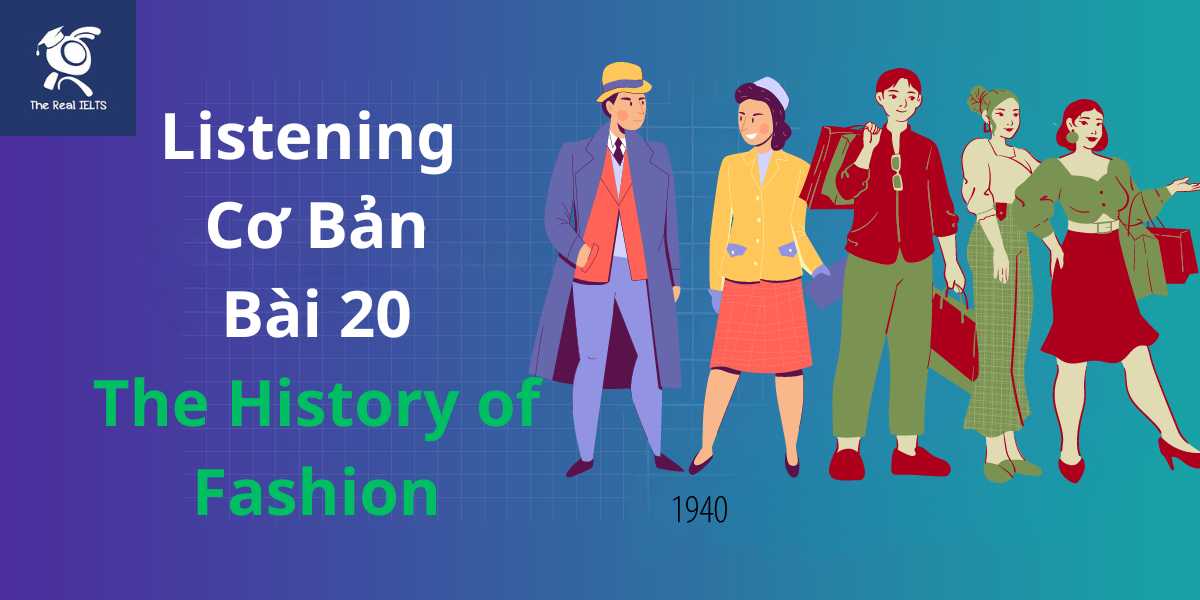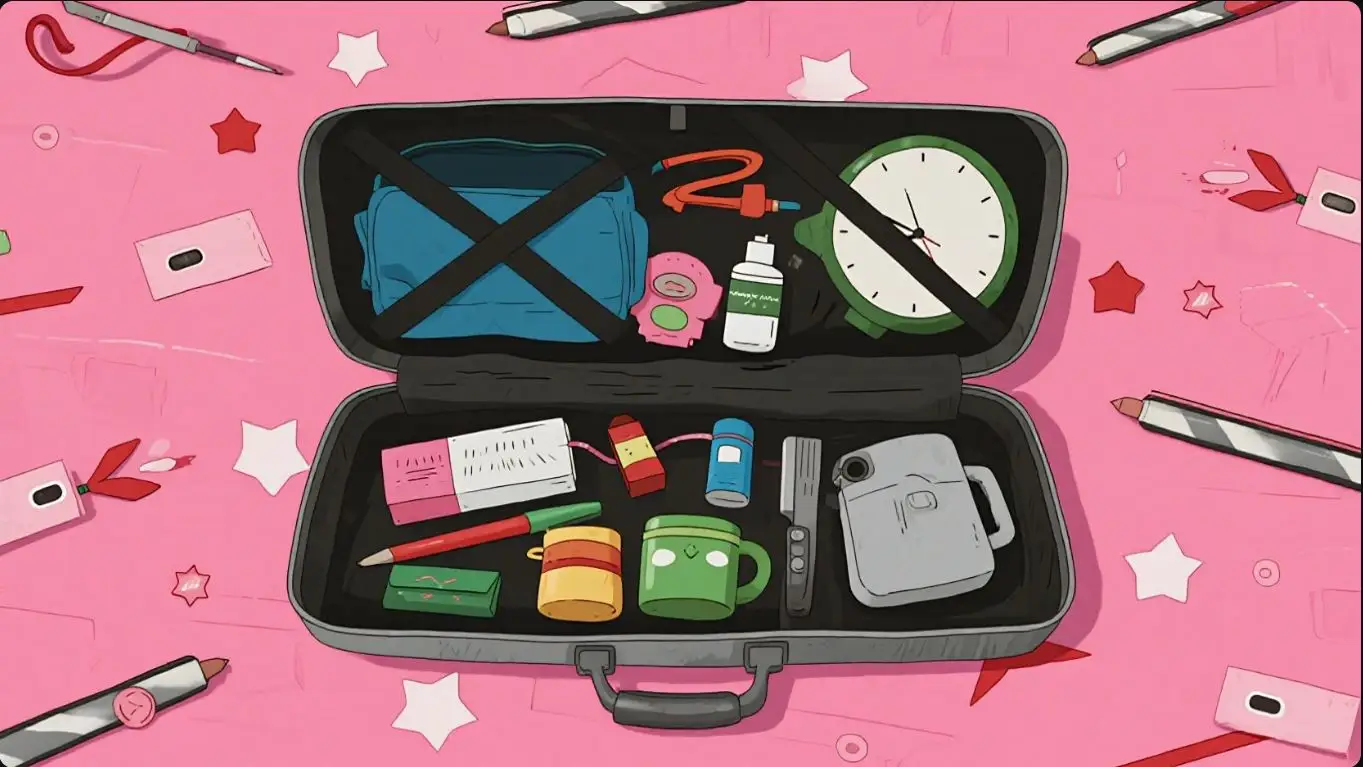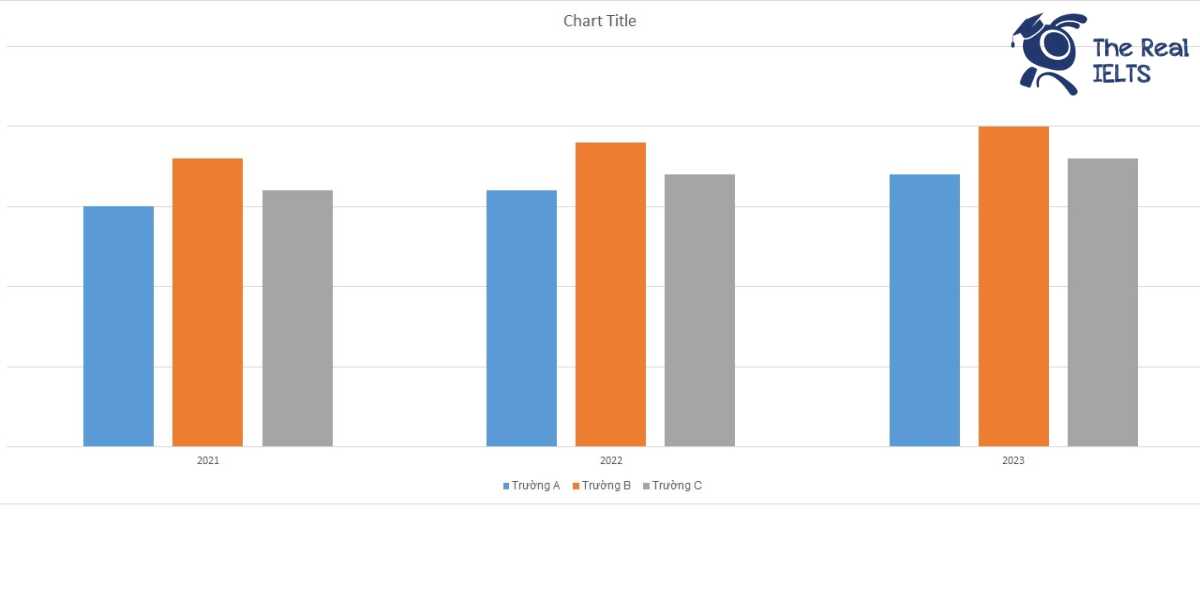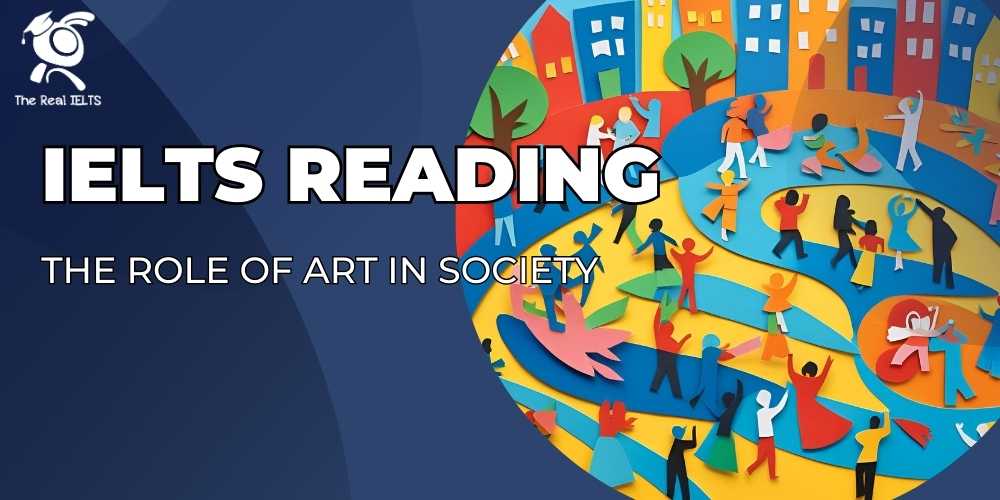Bài Listening có chủ đề Lịch sử về ngành thời trang. Sau đây các bạn có thể nghe đi nghe lại bài Listening này để luyện tập
Bài Listening
Questions
Section 1: Multiple Choice
- In ancient Egypt, what primarily influenced fashion? a) The climate
b) Social status
c) Religious beliefs
d) Political power - What was the primary feature of the chiton in ancient Greece? a) It was made of silk
b) It was a type of jewelry
c) It could be adjusted with belts and pins
d) It was a form of headgear - During the Renaissance, men’s clothing often included: a) Toga and sandals
b) Padded shoulders and voluminous sleeves
c) Simple tunics
d) Leather armor
Section 2: Sentence Completion
- In ancient Greece, the chiton was adjusted with _______ and _______.
- The Middle Ages saw a move towards more _______ clothing, with tailored pieces indicating _______.
- The Industrial Revolution made fashion more _______ and introduced _______ clothing.
Section 3: Matching
Match the fashion trend to the correct period.
- The 1920s
- The 18th century
- The 1960s
- Victorian era
a) Opulent court fashion
b) Mini-skirt and individuality
c) Crinoline and bustle
d) Flapper dress
Answer
Section 1: Multiple Choice
- b) Social status
- c) It could be adjusted with belts and pins
- b) Padded shoulders and voluminous sleeves
Section 2: Sentence Completion
- belts, pins
- form-fitting, social rank
- accessible, ready-to-wear
Section 3: Matching
- d) Flapper dress
- a) Opulent court fashion
- b) Mini-skirt and individuality
- c) Crinoline and bustle
Audio Scritp
Listening Passage Script: The History of Fashion
You will hear a lecture on the history of fashion.
Good afternoon, everyone. Today, we’re going to explore the fascinating history of fashion. Fashion has evolved dramatically over the centuries, reflecting social, cultural, and economic changes.
In ancient Egypt, fashion was significantly influenced by social status. The wealthy adorned themselves with fine linen and elaborate jewelry, while the lower classes wore simpler garments. Moving to ancient Greece, we see the chiton, a type of tunic, become popular. It was a versatile piece, adjusted with belts and pins to suit various styles and occasions.
The Roman Empire adopted much from Greek fashion but added their distinct touches, such as the toga, which was a symbol of Roman citizenship. The Middle Ages, however, saw a departure from the free-flowing garments of antiquity. Clothes became more form-fitting, with tailored pieces indicating the wearer’s social rank. Fabrics like silk and velvet were particularly prized among the nobility.
The Renaissance period brought an explosion of color and creativity. Fashion became more elaborate, with intricate patterns and luxurious materials like brocade and satin. Men’s clothing, too, saw significant changes, with padded shoulders and voluminous sleeves becoming the norm.
The 18th century is particularly noted for the opulence of court fashion. Think of Marie Antoinette with her extravagant gowns and towering hairstyles. But the French Revolution brought about a dramatic shift. Simplicity became the new trend as a symbol of political change.
In the 19th century, the Industrial Revolution made fashion more accessible. Ready-to-wear clothing became available, and fashion began to spread more quickly across different social classes. The Victorian era introduced the crinoline and later, the bustle, which changed the silhouette of women’s dresses dramatically.
The 20th century saw even more rapid changes. The 1920s, for example, are synonymous with the flapper dress, characterized by its dropped waist and knee-length hem. Moving on to the 1960s, fashion became a way to express individuality, with styles like the mini-skirt symbolizing youthful rebellion.
Today, fashion continues to evolve, influenced by global connectivity and digital media. Sustainability has become a crucial consideration, with designers increasingly focusing on eco-friendly materials and ethical production methods.
Đọc lại bài cũ: Bài tập Listening 19: Traditional vs. Modern Medicine.















